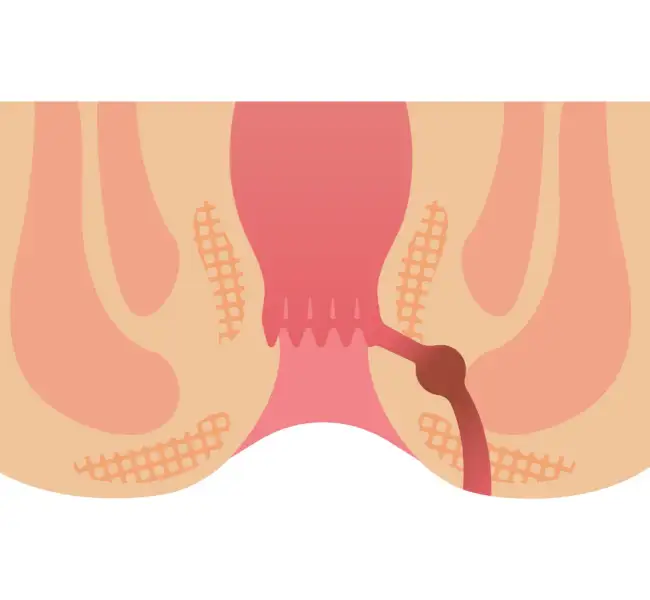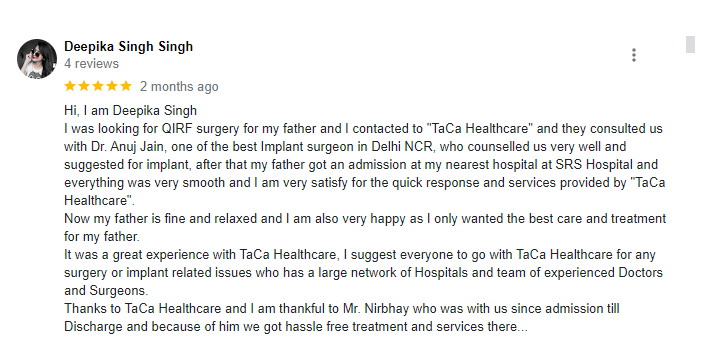What is an anal fistula?
An irregular tube that forms from inside the anus to the skin outside is called an anal fistula. The top region of the anus where the anal gland is located, is where it often develops. A fistula may develop from the infection's discharge when these glands get contaminated. This infection is also known as a perianal abscess.
Anal fistula treatment commonly involves surgical intervention, although nonsurgical approaches might be considered sometimes.















